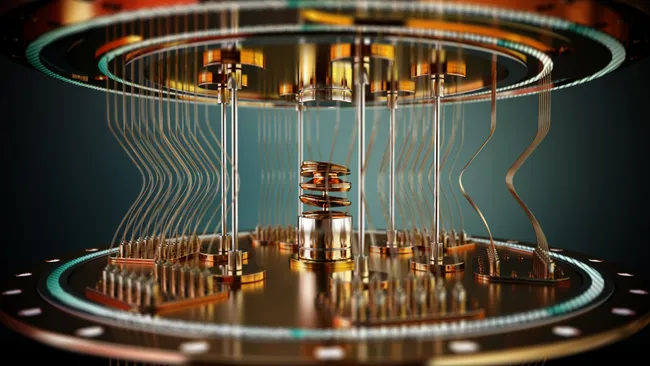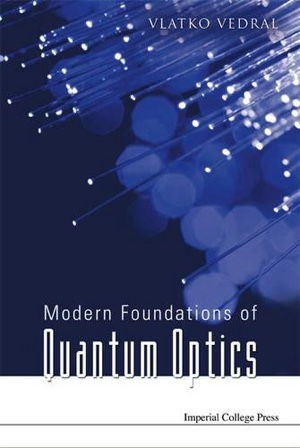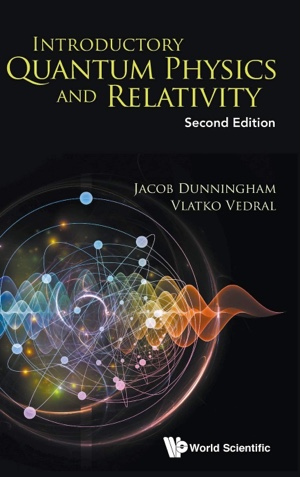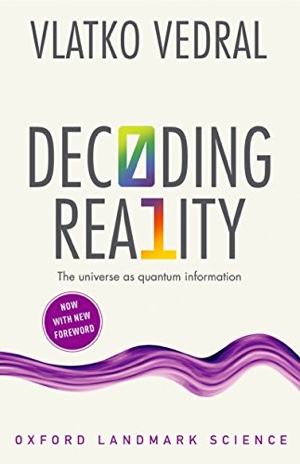How could this new type of room-temperature qubit usher in the next phase of quantum computing?
The qubit attained quantum coherence for 100 nanoseconds, which an expert described as an “important milestone” in quantum computing research.

The new qubit used a pentacene-based chromophore — a dye molecule that absorbs light and emits color — embedded into a new metal-organic framework (MOF). (Image credit: adventtr/Getty Images)
Scientists have built a qubit, or quantum bit, that can achieve “quantum coherence” at room temperature — something normally only possible at temperatures close to absolute zero.
To achieve quantum coherence — a stable state in which the weird laws of quantum mechanics can be observed — qubits must normally be cooled down to minus 459 degrees Fahrenheit (minus 273 degrees Celsius) or they succumb to disturbances and fail, which is known as decoherence.
To get around this, the new qubit used a pentacene-based chromophore — a dye molecule that absorbs light and emits color — embedded into a new metal-organic framework (MOF). Its properties meant scientists could observe quantum coherence briefly at room temperature, the scientists said in a new paper published Jan. 3 in the journal Science Advances.
While classical computers encode data in bits — expressed as either 1 or 0 — quantum computers use qubits, which can be expressed as a superposition of 1 and 0, meaning it can be both states at the same time until physically observed.
Most physical qubits create a superposition between an electron’s spin-up and spin-down positions — two binary states that behave as 1 and 0. They are normally a line of metal, or a tiny loop, that behaves as an atom. Google uses aluminum in its qubits, while IBM uses a mix of aluminum and niobium, according to Scientific American.
Multiple qubits that encode information via electron spin can also be joined by quantum entanglement — when the states of two or more particles are linked — meaning the entangled qubits can exist in many states simultaneously. This is what makes quantum computers potentially so much more powerful than classical computers if built with enough qubits.
How the new type of qubit works
Electrons in chromophores can be excited via a process called singlet fission, in which they absorb light and change their spin states. In the past, researchers used singlet fission to create superposition in qubits, but they only achieved this below minus 324 F (minus 198 C), the scientists wrote in the paper.
For the new study, the scientists used a chromophore based on pentacene hydrocarbon, in which pentagonal rings of carbon and hydrogen are linked together. To achieve this same quantum state at higher temperatures, the researchers trapped the chromophore molecules in the MOF — a unique crystalline material composed of metal ions and bound by organic molecules.
The MOF almost completely restricted the dye molecule’s movement, helping keep any excited electrons in an entangled state. The scientists then excited the electrons in the chromophore via singlet fission by exposing them to microwave pulses. Tiny holes in the crystalline structure, known as nanopores, enabled the electrons to rotate at a tiny and specific angle, the study’s lead author Nobuhiro Yanai, an associate professor of chemistry at Kyushu University, said in a statement.
This slight rotation enabled excited electrons to transition from two pairs of electrons in excited “triplet states” — in which electrons from different molecular orbits have parallel spins — into one set of four electrons in the less stable “quintet state,” in which the electron spins are antiparallel — meaning they are parallel but are moving in opposite directions. In this quintet state, the laws of quantum mechanics dominate.
Following this process, the researchers observed quantum coherence in these four electrons in a quintet state for over 100 nanoseconds at room temperature (one nanosecond is a billionth of a second).
Pursuing room-temperature quantum computers
It’s the first room-temperature quantum coherence of entangled quintet-state electrons, said study co-author Yasuhiro Kobori, a professor of chemistry at Kobe University, in the statement.
In follow-up work, the team hopes to create more stable qubits by adding other “guest” molecules that further restrict the electron motion, or by playing around with the underlying structure of the MOF, Yanai said in the statement.
While the new research is unlikely to lead to room-temperature quantum computing in the foreseeable future, the breakthrough adds to the body of work that’s gone into building qubits that can achieve quantum coherence at room temperature. Indeed, producing stable qubits at room temperature has been a hope for a long time, Vlatko Vedral, a professor of quantum information science at the University of Oxford, told Live Science.
Such room-temperature computing would avoid the need for error correction, he said. This is because to work at room temperature, the qubits would by design need to withstand the disruptive forces that render them unstable and prone to decoherence.
“In this paper, long spin coherence times are indeed reported which is a significant advancement,” he said. “However, I am not sure how easy it is to scale this up, and — in particular — how easy it is to control the interactions between qubits. It seems to me this will be the bottleneck since isolated qubits with long coherence times are not of much use for quantum computation.” In other words, to make a powerful computer, you need many qubits to perform calculations.
Despite casting doubt on the utility of this specific discovery, Vedral hailed it as “an important milestone,” adding this body of research is more promising in the long run than developing ways to perform quantum error correction.
Reproduced from Live Science.
Sign up to my substack
BOOKS
ASK ME ANYTHING!
If you'd like to ask me a question or discuss my research then please get in touch.





